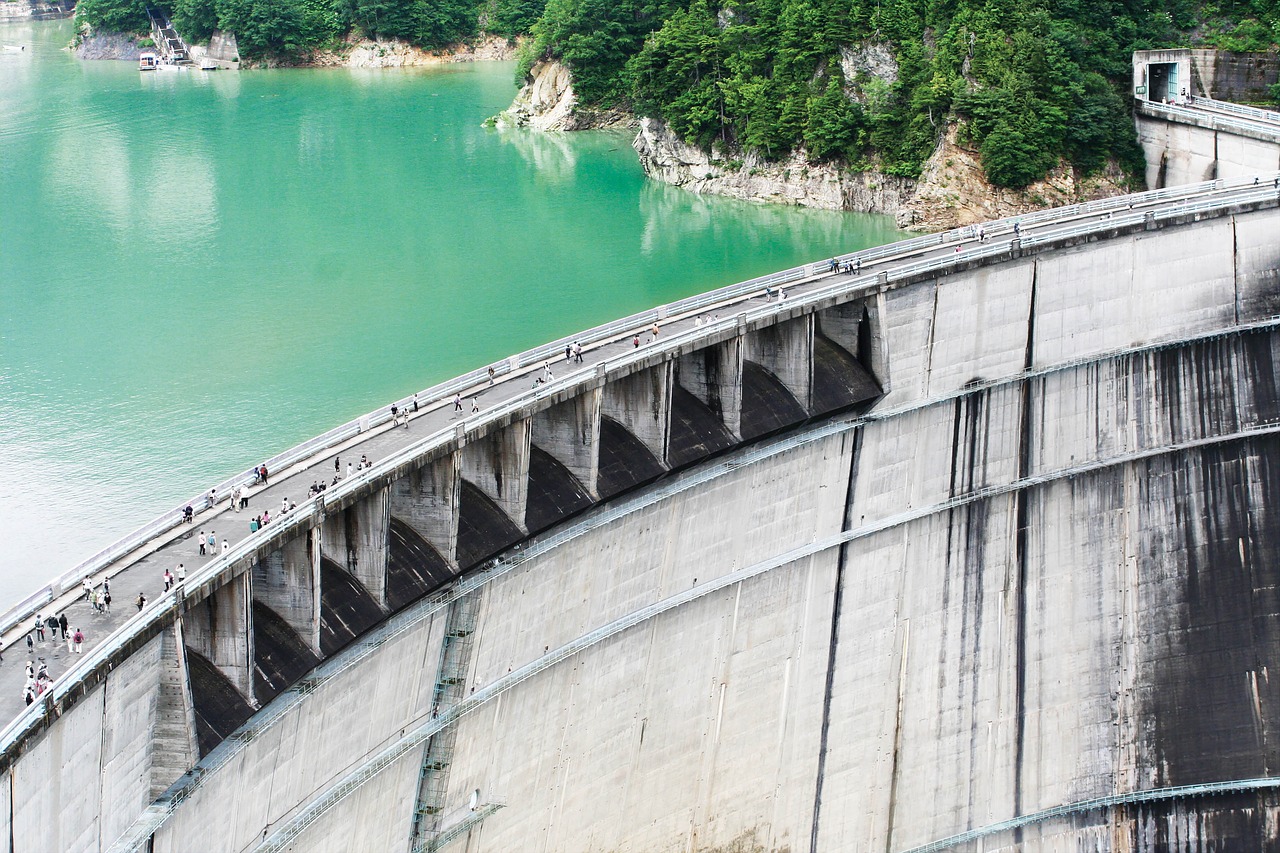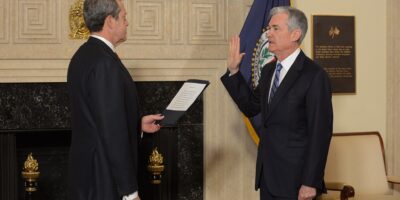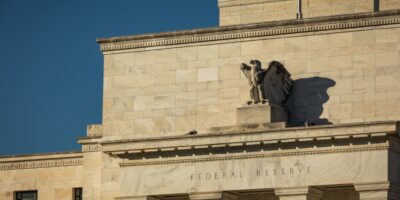Monetary Policy in the Crisis: A Dam Mistake
In November 2008, the Federal Reserve embarked on a massive expansion of its balance sheet known as quantitative easing. Prior to QE1, as this first round of quantitative easing would later be called, the Fed held around $800 billion in assets. Its balance sheet consisted mostly of Treasuries, though it had begun to increase lending to financial institutions (while selling Treasuries) in late 2007. By December 2008, the Fed’s balance sheet would reach roughly $2,250 billion.
The introduction of QE1 marked a turning point for the Fed. Prior to November 2008, many Fed officials had feared rising inflation. Indeed, prior to October 2008 the Fed had sterilized its asset purchases by selling Treasuries. When it became clear it would be unable to offset future purchases with Treasury sales in October 2008, it began paying interest on reserves to encourage banks to maintain higher reserve ratios.
Ben Bernanke, then chairman, acknowledged the fear of inflation while cautioning against raising the federal funds rate target in the August 2008 Federal Open Market Committee meeting. “If inflation does in fact become the problem that many around the table think it is, particularly if commodity prices begin to go up again or if the dollar begins to weaken, then I will be the first here to support responding to that,” he said. Hence, QE1 indicated that opinions at the Fed had shifted. The Fed was acknowledging that nominal spending was collapsing and it needed to engage in expansionary monetary policy.
There was just one problem: the Fed had disengaged its traditional monetary policy transmission mechanism. As I have previously written, the Fed moved from a corridor system to a floor system in October 2008. And, as George Segin explains, that makes all the difference. When the Fed tried to boost nominal spending in late November 2008, nothing happened. QE1 was not expansionary. The new money did not boost nominal spending, because it was never lent out. Instead, it just sat there on the banks’ balance sheets.
That the Fed attempted to boost nominal spending by increasing reserves in late November 2008 is a bit puzzling. It had begun paying interest on reserves in the preceding month precisely to prevent the increase in reserves from making its way out into the economy. Now that it wanted its reserve increases to boost nominal spending, the only sensible policy was to reduce the interest it paid on reserves. Instead, it expanded reserves still further — to little effect.
The situation is analogous to building a large dam. A dam (interest on reserves) is sensible when one fears flooding (inflation). But, in response to a drought (nominal spending decline), the dam (interest on reserves) should be opened (reduced) so water (money) can make its way into the fields downstream (economy). Instead, the Fed continued to store more and more water behind the dam as those downstream watched their crops (production) wither up and die (fall).
Today, nearly 10 years after QE1 began, economists and pundits continue to ask whether the Fed’s expansionary monetary policy was effective. They are asking the wrong question. Instead, they should consider whether the Fed actually engaged in expansionary monetary policy. Much to the detriment of the economy, it did not. Its quantitative-easing efforts were undermined by its prior decision to pay above-market interest on reserves. The Great Recession was much more severe as a result.










